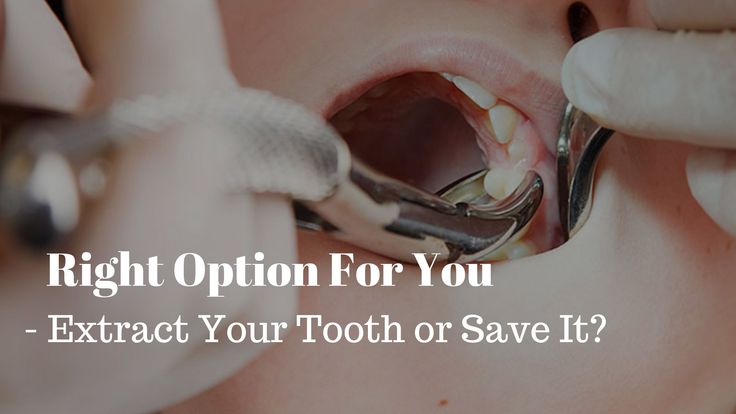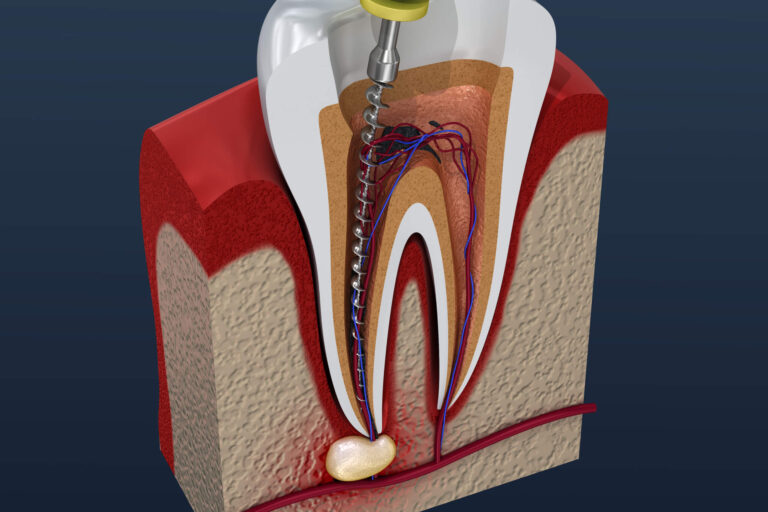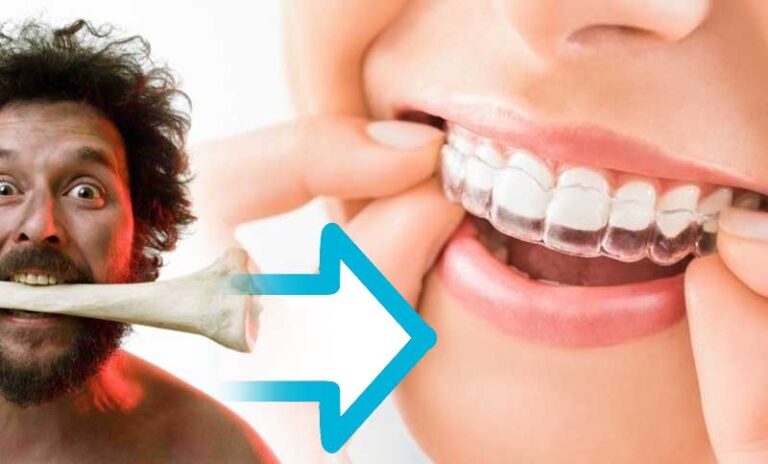Should I Get My Tooth Pulled or Save It?
When you experience pain from an infection in a tooth, pulling the tooth out may seem like the easiest fix. However, there are many advantages to preserving your natural teeth that you should consider before making such a choice. Avoiding a tooth extraction can bring about numerous benefits for both short-term and long-term oral health. If you’re on the fence about choosing between extracting or saving your tooth – think carefully as this decision could affect more than just today’s discomfort!

Before you decide to pull or save your tooth, make sure that you are aware of all the advantages of preserving your natural teeth. The choice is ultimately up to you, but make sure that you have the comprehensive information you need before making a final call. In this article, you will discover the pros and cons of saving or pulling your tooth so that you can make an informed decision about your oral health.
Benefits of saving your natural teeth
To learn more about the advantages of preserving your natural teeth, we asked our experienced endodontists to weigh in. These dental professionals specialize in different methods for saving teeth and these are the main advantages of saving your tooth vs. pulling it:
- Nothing can compare to your own natural teeth; they are more durable and require minimal upkeep. Despite advancements in technology and materials used for artificial teeth, they still fall short of the strength of your real ones.
- Prevent your teeth from shifting! When a tooth is removed, the resulting gap in your smile can cause nearby teeth to migrate out of place over time. This misalignment of the bite and chewing functions can be painful, affect nutrition intake, and reduce your overall quality of life. Don’t let that happen – maintain dental alignment by avoiding shifts in your pearly whites!
- When teeth are extracted, a gap is left in the jawbone and can oftentimes result in surrounding bone deterioration, thus diminishing one’s youthful appearance because of sunken cheeks.
- Losing a tooth or teeth can be both physically and emotionally draining. Not only have you lost your physical tooth, but it may also erode some of your self-confidence when trying to smile or talk with others.
- Following tooth extraction, many individuals experience prolonged pain and the potential for developing dry sockets. By contrast, a root canal provides prompt relief as it removes the discomfort and any underlying infection, thereby reducing the chances of developing painful dry sockets.
- Saving money in the long run. Although it may appear that extraction is more affordable than restoration, the truth is that tooth replacement takes both time and money. Furthermore, many insurers impose strict rules related to mending and setting implants, so you have to make sure you are informed of all costs before making your decision.
Pull your tooth or save it: How to save a tooth
There are numerous convincing arguments for trying to preserve one’s natural teeth. However, rot or infection can make this difficult, forcing one to consider tooth extraction. The ideal solution is often a root canal; a process in which the inner pulp of the tooth is decontaminated and sanitized so that any inflammation or contamination can be removed.
After the inside of your tooth is cleansed, it’s filled with a material for added durability and topped with a crown to restore its functionality. Not only do you preserve your original tooth, but also mitigate pain; plus recovery time will be minimal!
When to save your tooth
When your tooth has sustained damage but enough of its structure remains intact, the ideal solution is to save it. This might involve a treatment plan tailored specifically to you but in most cases, dentists will prioritize saving your natural teeth over extracting them and replacing them with bridges or dental implants since they are sturdier. In most cases, after a root canal you must wait about a week for the permanent filling or crown to be fitted, while other times, it can be done the same day as the root canal.
Read more about root canals:
When to opt for a tooth extraction
Though preserving your tooth is always preferable, there are certain scenarios in which extraction is the best route for your dental health. Your dentist will assess and recommend a course of action tailored to you; however, generally speaking, an extraction may be necessary if any of these conditions apply:
Severe Tooth Decay
The accumulation of plaque and tartar can drastically damage the enamel on your teeth, making them brittle and susceptible to decay. In extreme cases, this decay can cause infection in the tooth, which is characterized by redness, swelling, and pain. At this point, the tooth has become too weak for rehabilitation and must be extracted; however, a dental bridge or implant may be used following extraction to minimize future infections.
Gum Disease
Similar to tooth decay, gum disease is typically caused by plaque buildup. If left untreated, periodontitis—an advanced form of the condition—can cause destruction to your gums and bones that hold your teeth in place. In this case, extraction has become necessary, as dental bridges or crowns are needed to protect other remaining teeth.
Tooth Impaction
Tooth impaction is a dental issue in which one tooth becomes stuck against another, bone or soft tissue. This hinders the eruption of the tooth through your gums and makes it vulnerable to infection– inducing pain, redness, and swelling as well as bleeding gums. Although any kind of teeth can be impacted, wisdom teeth are more prone to this occurrence.
Tooth Trauma
Trauma to your teeth from physical activities or car accidents can be agonizing. Unfortunately, the severity of the trauma may determine whether your tooth is salvageable—if it has been significantly cracked and the damage extends below the gum line, there is a likely chance that it cannot be saved.
Overcrowding
Overcrowding occurs when there is an insufficient amount of space within your mouth for all the teeth, much like tooth impaction. Not only does it cause crooked smiles to appear even worse, but it can also make eating and speaking painful experiences. When overcrowding makes achieving proper alignment impossible, removing certain back teeth often creates room for the rest of them to grow correctly.
Lack of Tooth Structure
When your dentist works on any of your teeth, a portion of the structure is removed. All teeth have limits as to how many times they can undergo treatment before beginning to deteriorate; by the time several fillings, crowns, and root canal attempts are made, there will be insufficient tooth structure to support successful long-term restoration. Hence, it is often better to replace these teeth with dental implants rather than attempting to save them.
Read more about extraction:
Come See Us Today!
At Valley Dental Care, we are dedicated to helping you reach a brighter, healthier smile. Our comprehensive range of services from General Dentistry and Family Dentistry to Cosmetic Dentistry and Invisalign enables us to personalize treatment plans for each individual patient – creating smiles that make us proud every day!
Call us at (915) 598-7264, or click the button below to schedule your tooth extraction consultation. We’d love to walk with you on your dental journey today!


